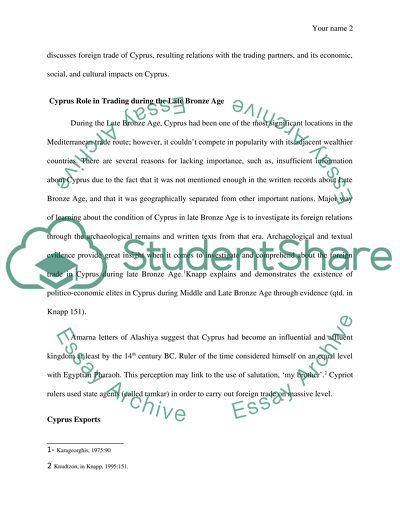Cite this document
(“External trade in cyprus during late bronze age Essay”, n.d.)
Retrieved from https://studentshare.org/family-consumer-science/1411696-external-trade-in-cyprus-during-late-bronze-age
Retrieved from https://studentshare.org/family-consumer-science/1411696-external-trade-in-cyprus-during-late-bronze-age
(External Trade in Cyprus During Late Bronze Age Essay)
https://studentshare.org/family-consumer-science/1411696-external-trade-in-cyprus-during-late-bronze-age.
https://studentshare.org/family-consumer-science/1411696-external-trade-in-cyprus-during-late-bronze-age.
“External Trade in Cyprus During Late Bronze Age Essay”, n.d. https://studentshare.org/family-consumer-science/1411696-external-trade-in-cyprus-during-late-bronze-age.


